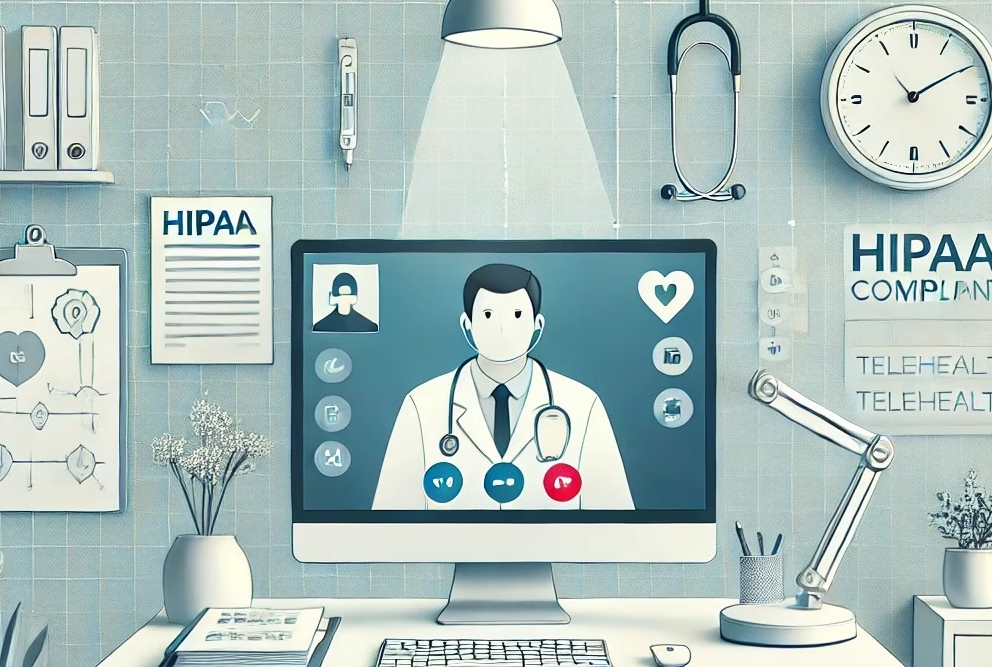Telehealth has revolutionized healthcare delivery by enabling providers to offer services to patients remotely. However, this shift requires additional credentialing to ensure patient safety and regulatory compliance.
Understanding the Telehealth Landscape
Telehealth credentialing is the process of verifying a provider’s qualifications and credentials to deliver healthcare services via telecommunications technology. The process involves several key considerations:
- Licensing and Certification Providers must hold appropriate licenses and certifications to practice medicine in their respective states.
- Scope of Practice Telehealth services must align with the provider’s scope of practice, ensuring they are qualified to offer the specific treatments or consultations provided.
- Dual Credentialing Providers often need credentialing at both the originating and distant sites where telehealth services are delivered.
- HIPAA Compliance Providers must adhere to Health Insurance Portability and Accountability Act (HIPAA) regulations to safeguard patient privacy and security, including using HIPAA-compliant telehealth platforms.
- Payer Contracts Verifying payer acceptance of telehealth contracts is crucial for billing and reimbursement.
- Eligible Modalities Telehealth typically involves live, interactive audio-visual communication. Some states may also permit store-and-forward (asynchronous) methods.
- Patient Consent Obtaining patient consent for telehealth services is mandatory. This consent, whether verbal or written, should be documented in the patient’s medical record.
- Internet Connectivity Reliable broadband internet is essential for high-quality video and audio during telehealth consultations.
- State Laws Telehealth regulations vary by state. Providers must familiarize themselves with specific requirements in their jurisdiction.
Navigating Telehealth Credentialing Challenges
While telehealth offers numerous benefits, the credentialing process can be complex. Practice managers and healthcare providers can streamline this process by:
- Partnering with a Credentialing Specialist A specialized credentialing service can manage administrative tasks, ensuring compliance with all regulatory requirements.
- Staying Informed Regularly update your knowledge of telehealth regulations and industry best practices.
- Leveraging Technology Use telehealth platforms with built-in security features and compliance tools.
Conclusion
Telehealth credentialing is a vital step in providing high-quality remote healthcare services. By understanding the requirements and partnering with experienced professionals, practice managers can effectively navigate the process and maintain regulatory compliance.
For more information on Telehealth Credentialing, contact eClinicAssist today.







